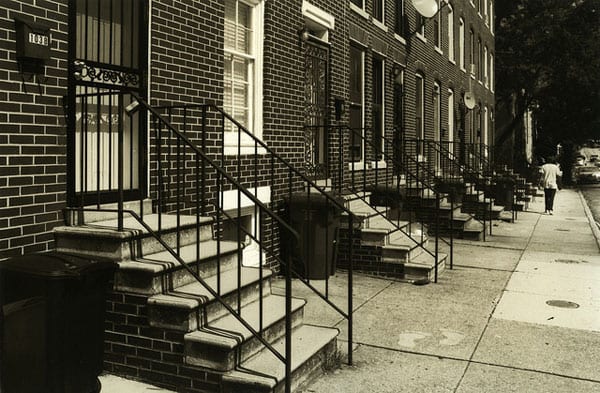
January 3, 2019; Next City
Federal Hill in Baltimore is a haven for young urbanites, single or newly married, who are eager to enjoy the benefits of city living. Great American Country cites it as one of the coolest neighborhoods in Baltimore, because “no neighborhood has benefited from the trend in urban renewal quite like Federal Hill.” Quaint 19th-century brick buildings have been renovated, and the neighborhood is bustling with eateries and festivities.
Compare that to Fairfield, where the median home value is listed at $79,000, less than half the federal median of $159,000. The median income in the neighborhood is just above $29,000, compared with $55,000 nationally, and the crime rate is also high.
According a report by Next City, a new fund created by the city government aims to being to change that by focusing investment on neighborhoods that have traditionally faced a shortage of investment capital. The Neighborhood Impact Investment Fund (NIIF) has been granted a 30-year, $51.7 million, no-interest loan from the city to invest in what amounts to two-thirds of Baltimore’s neighborhoods which are considered in need. The fund is supported by income generated by three city parking garages.
An earlier report in the Baltimore Sun, prior to confirmation of the loan to NIIF, discusses the history of disinvestment in Baltimore and how it was clearly along the lines of race; the city adopted the nation’s first residential segregation law in 1910, and in the middle of the 20th-century federal authorities redlined Black neighborhoods as risky places to make housing loans.
The investment in NIIF is specifically designed to complement other initiatives that are focused on Baltimore’s neighborhoods, including Project Core, recently refocused by the governor of Maryland to demolish buildings in Baltimore identified as homes to violent crimes, the city’s Affordable Housing Trust Fund, and the new federal opportunity zones. The theory is that NIIF can respond more nimbly to opportunities and will be willing to take risks other investment sources might shy away from.
Sign up for our free newsletters
Subscribe to NPQ's newsletters to have our top stories delivered directly to your inbox.
By signing up, you agree to our privacy policy and terms of use, and to receive messages from NPQ and our partners.
The new director of NIIF, Mark Kaufman, is a former Treasury Department official in the Obama administration. He believes that investments could be seen as early as the end of March. He has also said that NIIF will look to home in on specific neighborhoods, adding to some place-based investment the city is already making.
The Baltimore Sun article describes an example of investment that the city hopes to make in the Park Heights Renaissance project, with an 84-unit apartment block of affordable housing. But as seen in a report NPQ filed recently about a study in the city of Milwaukee, this may not be enough. As Martin Levine described it in that newswire, a “supply-side” approach to affordable housing has been found to address only half the issue. We assume the same would be true in Baltimore.
According to World Population Review, the population in Baltimore, now 62.8 percent Black, has been declining since its peak in the early 1950s. Almost 27 percent of Blacks in Baltimore City live in poverty. The current Black unemployment rate in the city is a still high 13.9 percent, compared to the national level of 3.9 percent.
Another symptom of an underlying issue that’s larger than the housing stock is a recent report that ranks Baltimore’s homicide rate as highest among big cities in the US, at 56 per 100,000 people. (Detroit was second at 40, and then Memphis third at 28.)
It is encouraging that NIIF’s head specifically mentions small-business investment and a requirement to hire residents of the city of Baltimore. Building units that are affordable is wonderful, but ensuring people have earnings and can remain in their neighborhoods as they develop is equally critical.—Rob Meiksins













